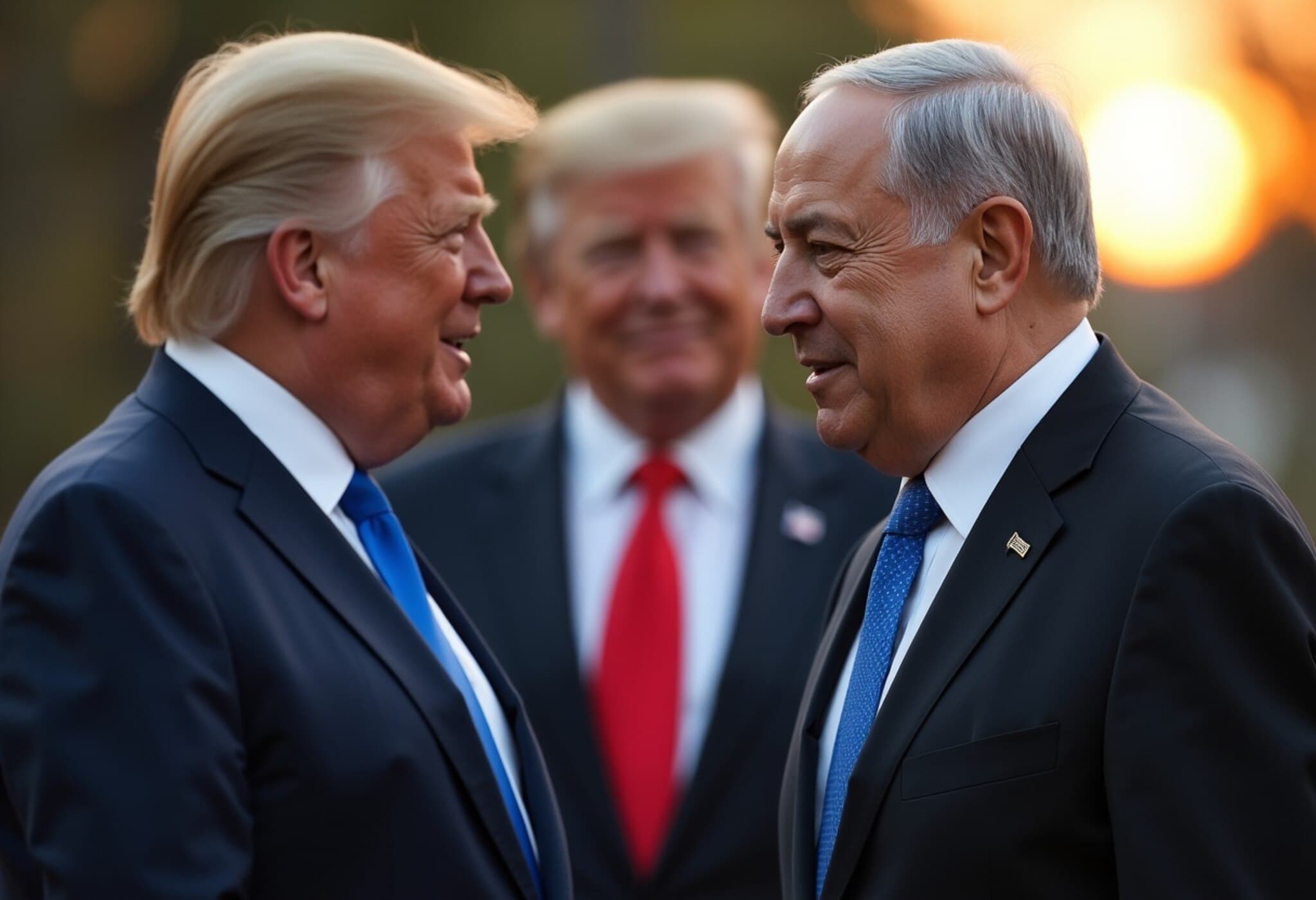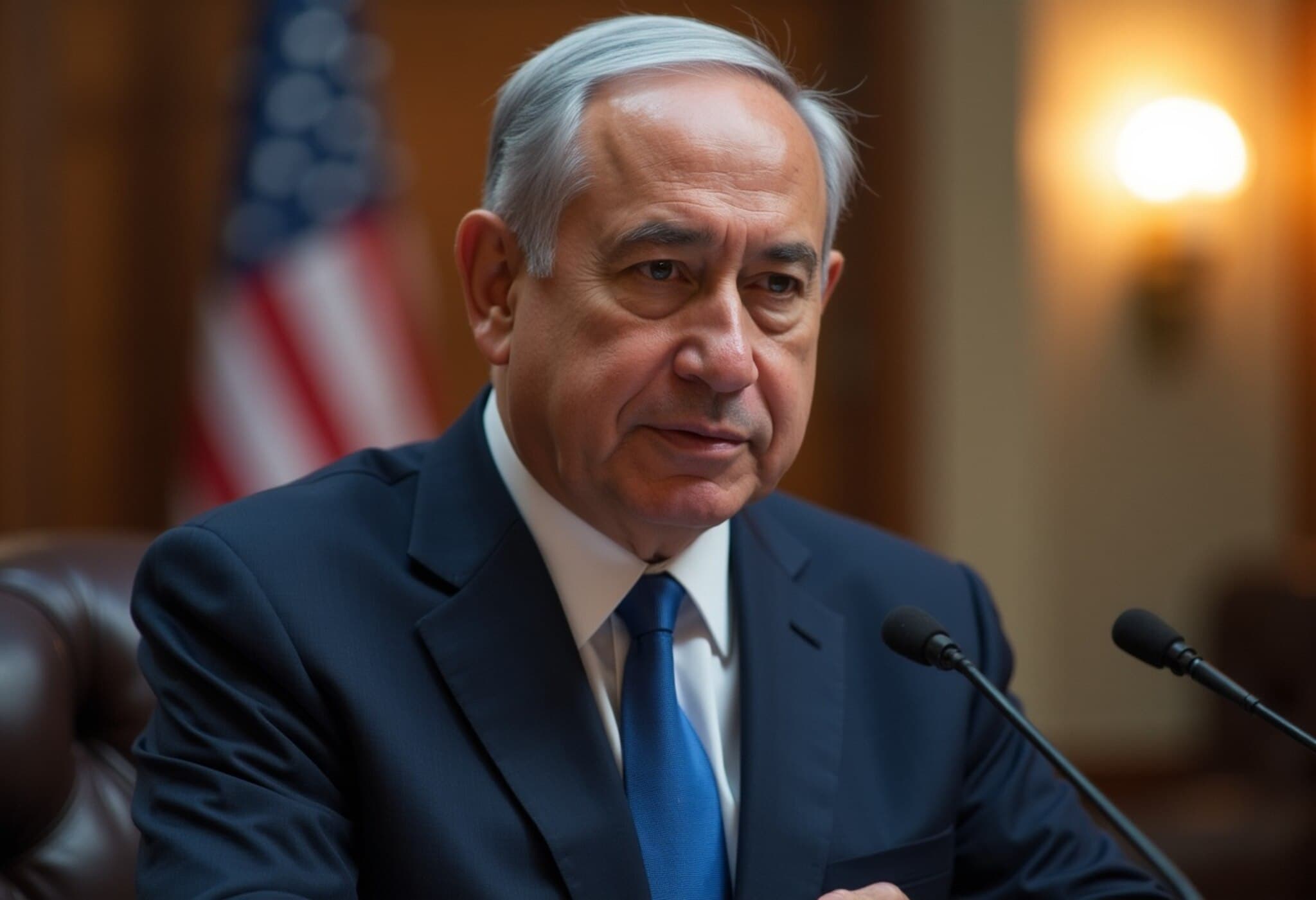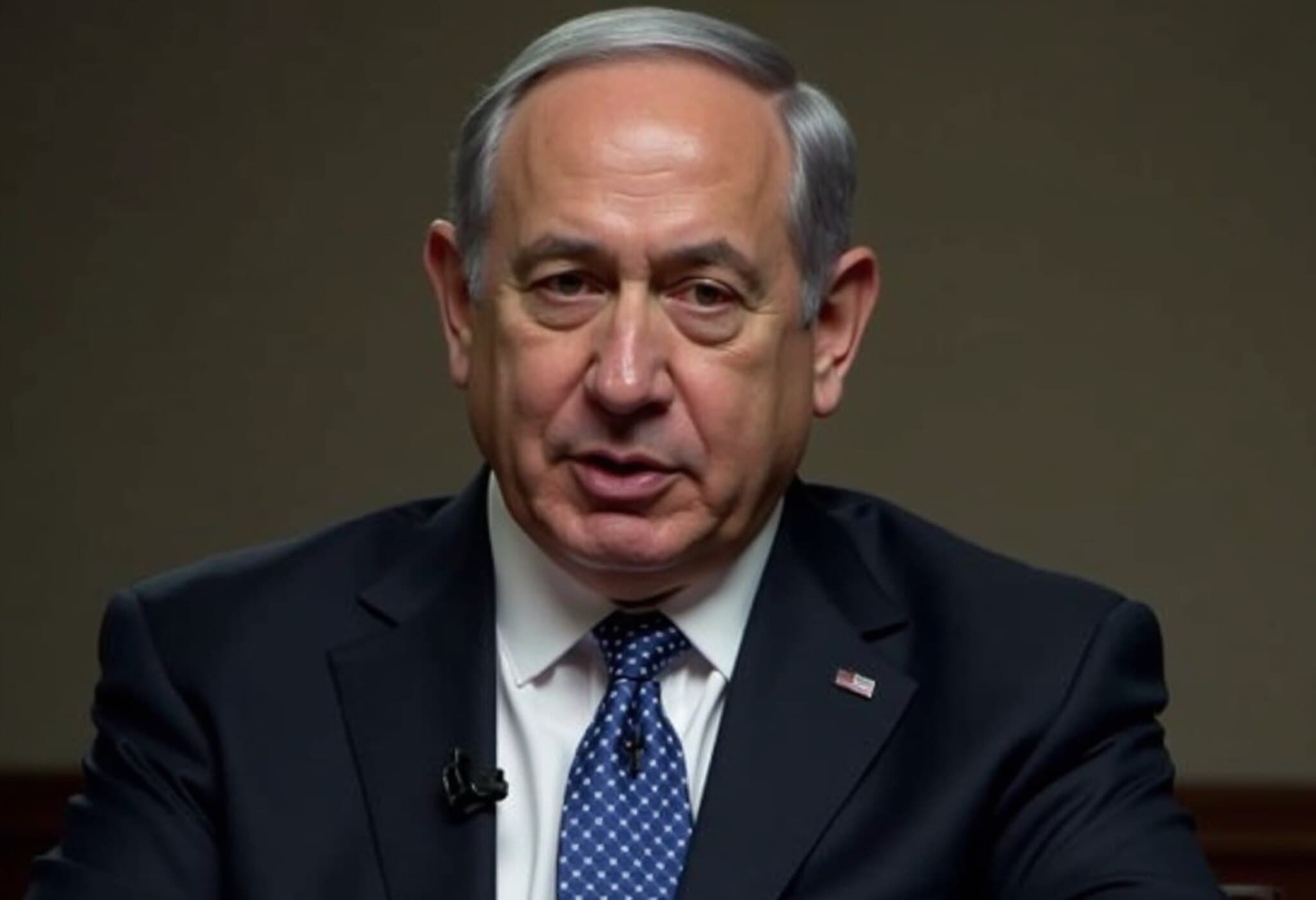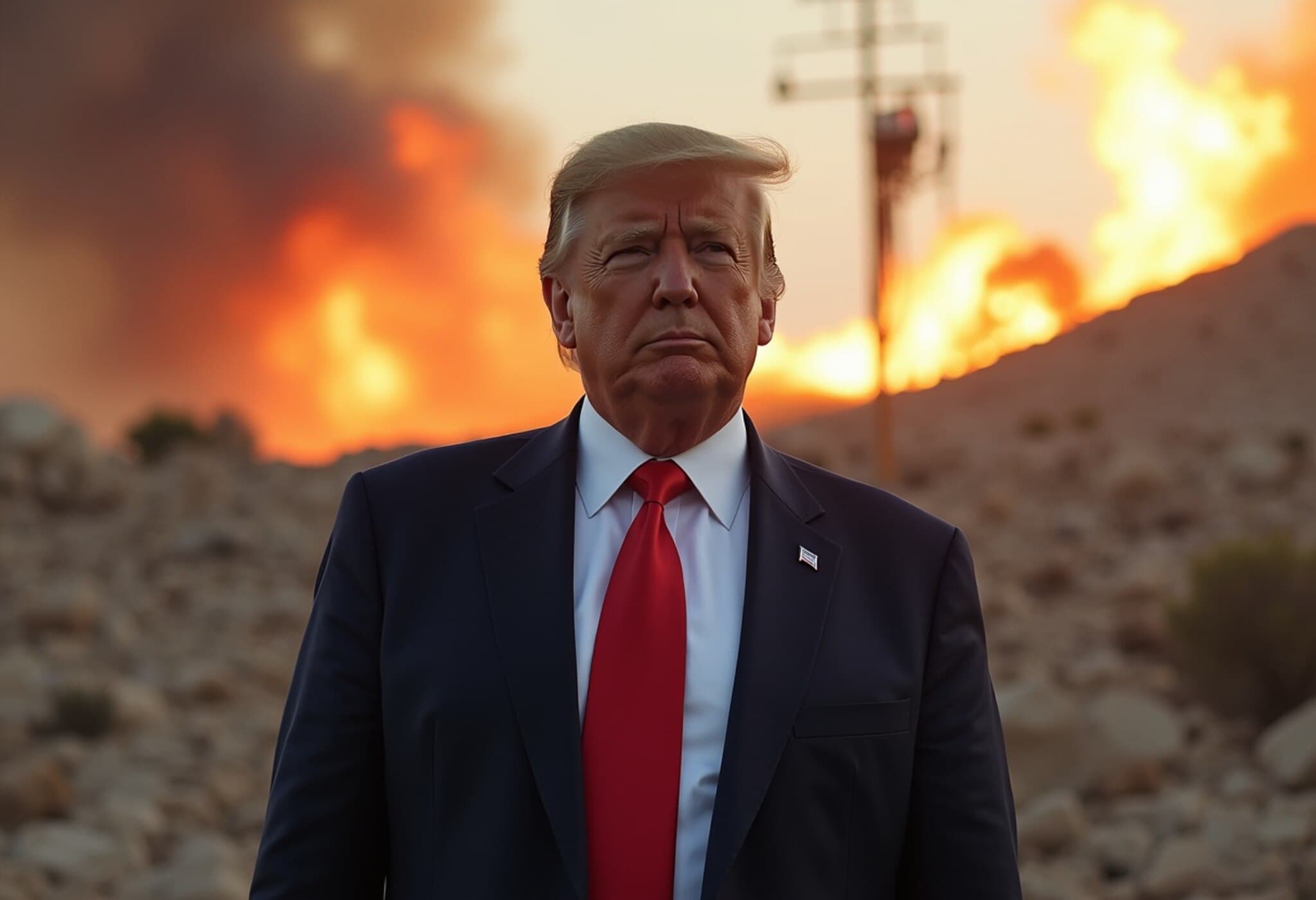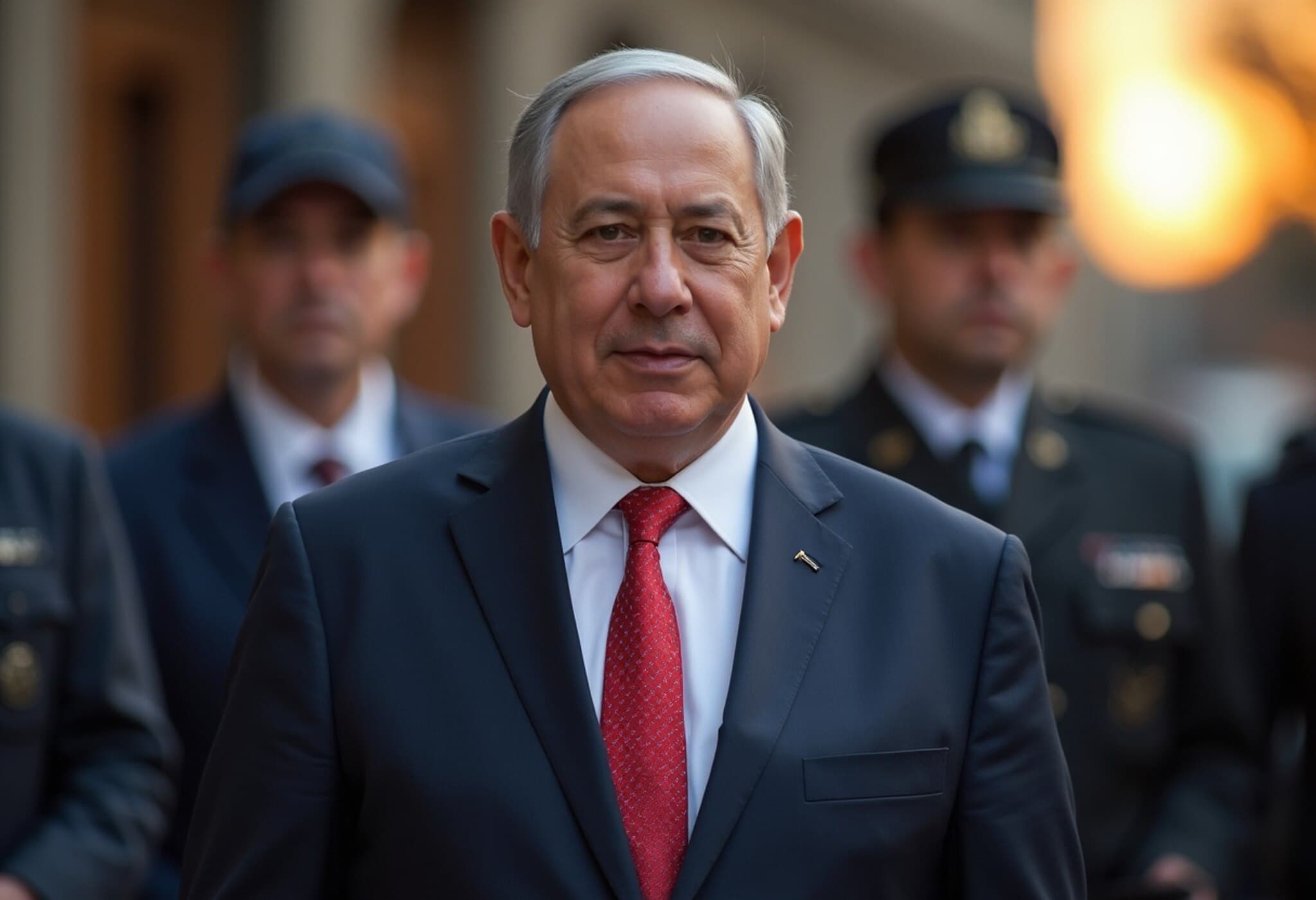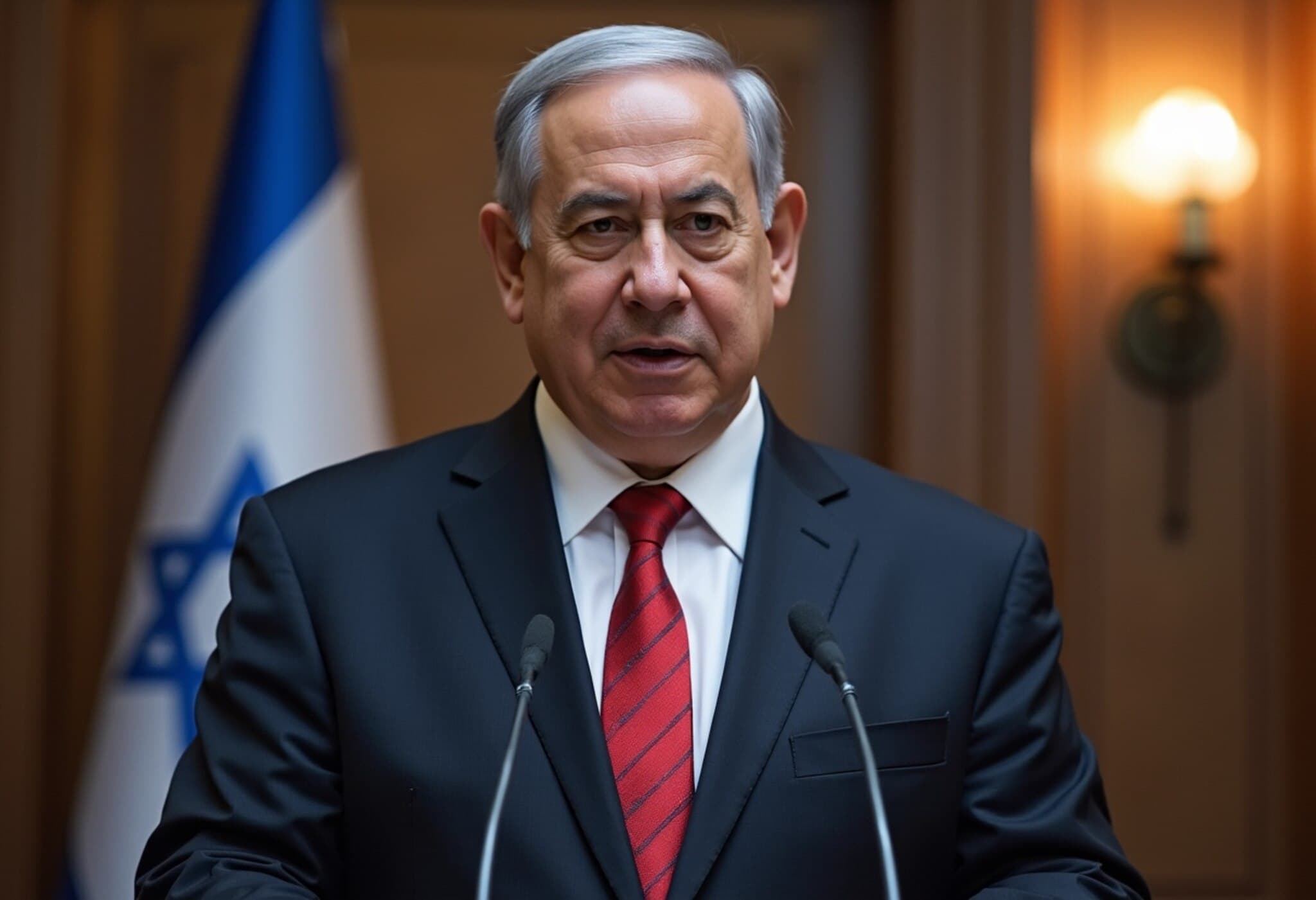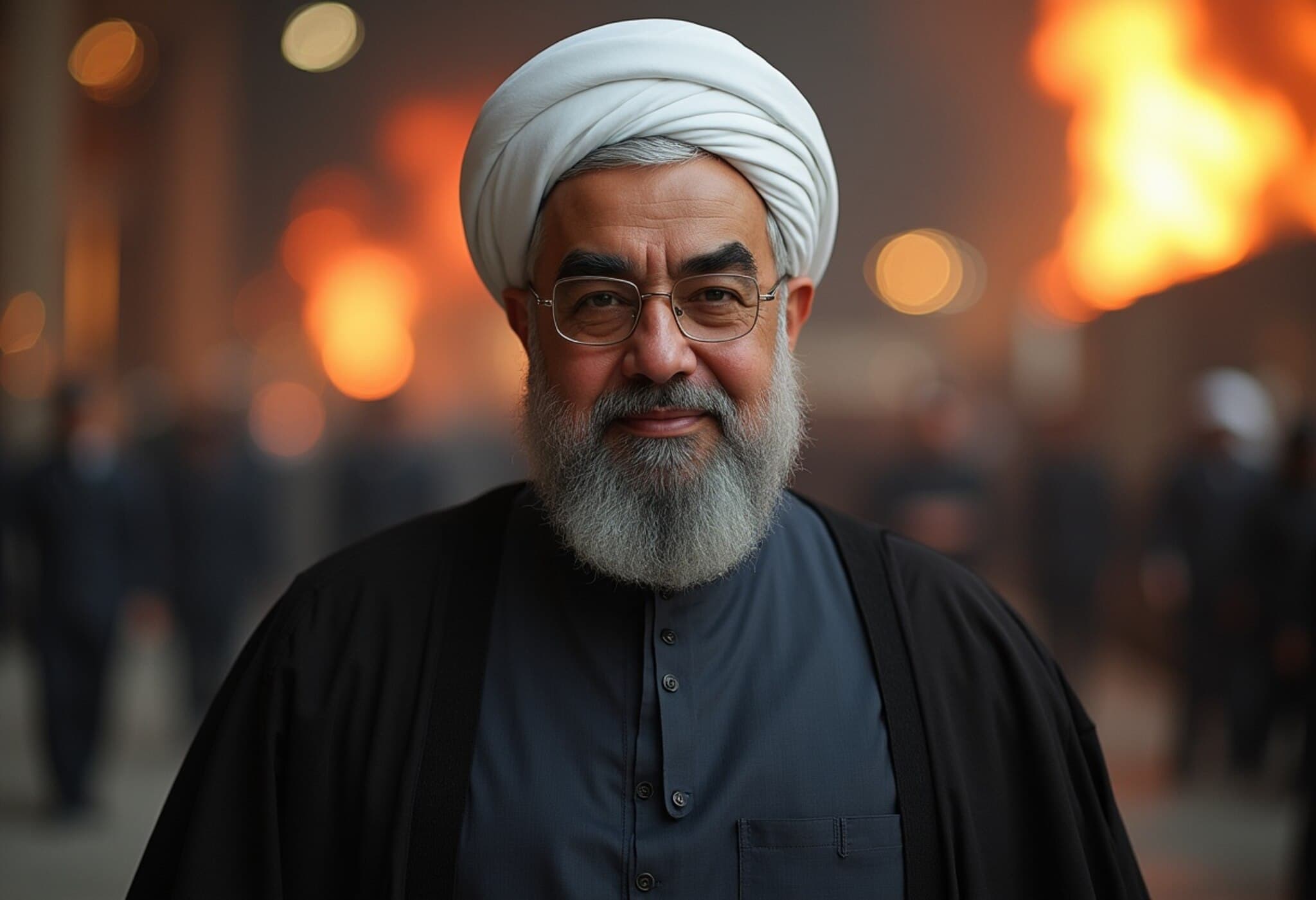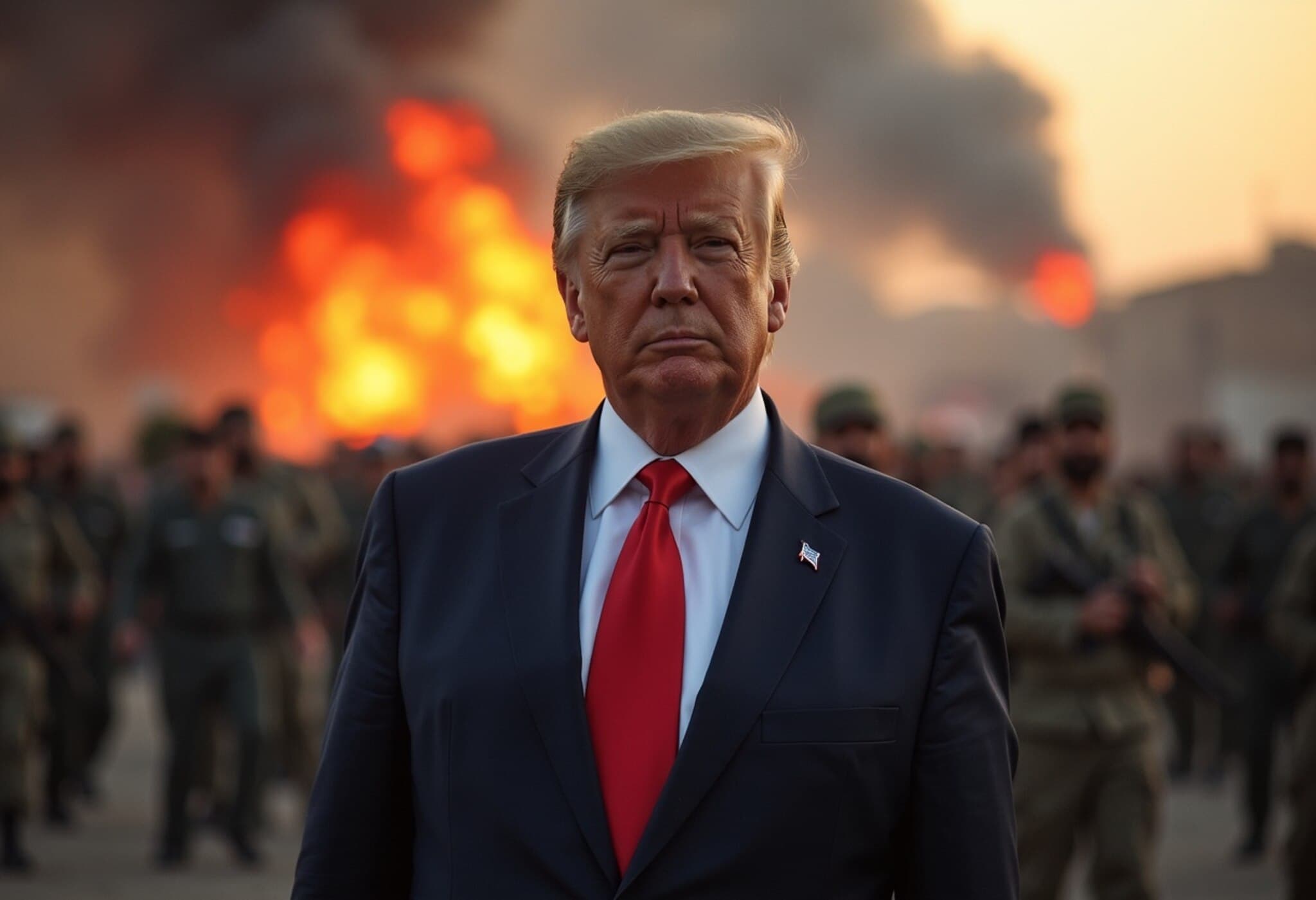The Shifting Power Dynamics of the Middle East Conflict
In the latest chapter of Middle Eastern turmoil, clear winners and losers have emerged, revealing not just the power plays on the ground but renewed assertions of global dominance. At the heart of this conflict are key figures and nations whose fortunes have shifted dramatically.
Key Victors in the Middle East Turmoil
Donald Trump: The Resurgence of the ‘Don’
Donald Trump’s decisive maneuver, famously dubbed Operation Midnight Hammer, signaled a bold return to American military assertiveness. By orchestrating precise strikes that dismantled Iran’s nuclear infrastructure, Trump effectively overshadowed the previous diplomatic approaches. His actions reinforced a doctrine that could be summed up as: America acts when and how it sees fit. This striking success bolstered his political stature and disrupted a decade-long legacy of nuclear diplomacy.
U.S. Military Might and the Role of B-2 Spirit Bombers
The operation was a testament to American military-industrial power. With seven B-2 Spirit bombers launching a shadowy, 13,000-kilometer mission without detection, the United States showcased unmatched strategic reach. These stealth bombers deployed 14 massive earth-penetrating bombs, each weighing over 30,000 pounds and costing upwards of $10 million, alongside a barrage of Tomahawk cruise missiles. This dazzling display was more than a military strike – it was a vivid endorsement of defense budgets and technological superiority.
Benjamin Netanyahu: Israel’s Political Phoenix
Once considered politically vulnerable, Israeli Prime Minister Benjamin Netanyahu has executed a strategic comeback akin to a modern-day Churchill. In the wake of October 7 attacks by Hamas, Netanyahu’s administration conducted calculated retaliatory operations that severely weakened the so-called Axis of Resistance. By successfully targeting key Iranian-backed proxies across the region, Netanyahu has fortified his leadership and reshaped Israel’s geopolitical position with ruthless precision.
Neoconservatives: Strategic Architects in the Shadows
Often perceived as relics, neoconservatives have found fresh influence within the Trump administration’s foreign policy. Steering clear of prolonged ground wars, they champion airstrikes, sanctions, and political pressure to achieve objectives. The approach resonates with a broad segment of the American political spectrum, marking a neocon comeback that reasserts America’s interventionist posture without the costs of occupation.
The Clear Losers on the Regional Chessboard
The Crumbling Axis of Resistance
Once a formidable symbol of anti-Western solidarity, the Axis of Resistance – encompassing Iran, Hezbollah, Syria, and allied militias – has been significantly weakened. Precision strikes and diplomatic isolation have fractured their influence, leaving bombed-out landscapes where symbols of resilience once stood. The dream of an unbreakable Shiite crescent is fading amid leadership vacuums, strategic paralysis, and battlefield losses.
Palestine: Marginalized and Overlooked
Despite sparking much of the recent conflict, Palestine has faded into the shadows of global attention. Over 54,000 Palestinians have died, hospitals lie in ruin, and millions remain displaced. While the humanitarian crisis deepens, international focus has shifted to broader regional conflicts and nuclear concerns, leaving Palestine’s plight sidelined and largely unaddressed.
Pakistan: Diplomatic Disarray
Pakistan’s recent diplomatic moves have exposed deep contradictions and strategic confusion. After nominating Trump for a Nobel Peace Prize during a White House meeting, Pakistan swiftly condemned the same strikes on Iran. This erratic stance undermines Pakistan’s credibility both internationally and domestically, leaving it isolated and diplomatically vulnerable in a rapidly changing regional landscape.
China: A Power Watching from the Sidelines
China’s ambitions as a global power were dealt a harsh blow as it remained passive amid the conflict. Despite long-standing alliances and economic investments in Iran, Beijing’s limited response exposed its inability to influence or prevent military actions. The contrast between China’s grand rhetoric of multipolarity and its actual geopolitical impotence is stark.
Russia: A Reluctant Spectator
Once a dominant player in the region, Russia’s attention is largely consumed by its conflict in Ukraine. Moscow provided scant tangible support to Iran during key attacks, highlighting its strained resources. While issuing political statements, Russia’s lack of action underscores a diminished capacity to project power in the Middle East.
Conclusion: Power, Perception, and the Future of Middle Eastern Conflict
This recent conflict reaffirmed America’s unmatched military prowess and strategic decisiveness, revitalizing certain political figures and ideologies. Meanwhile, traditional regional alliances and emerging global powers showed notable fractures. In the volatile theater of Middle Eastern politics, power is both a show of force and the ability to influence narratives—and on both fronts, the scales have clearly tipped.

